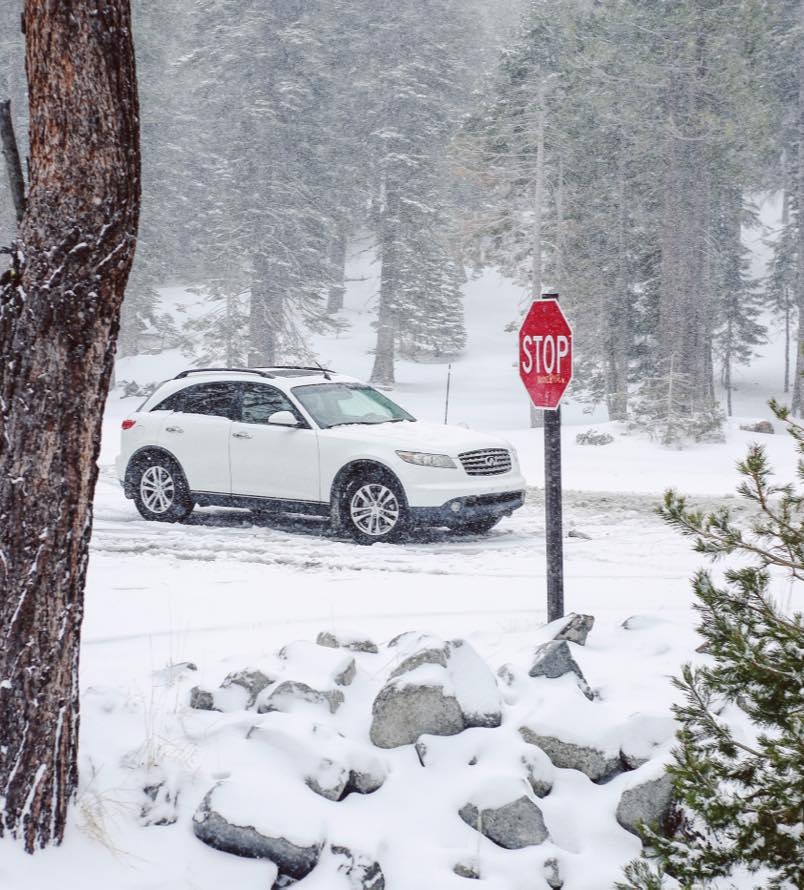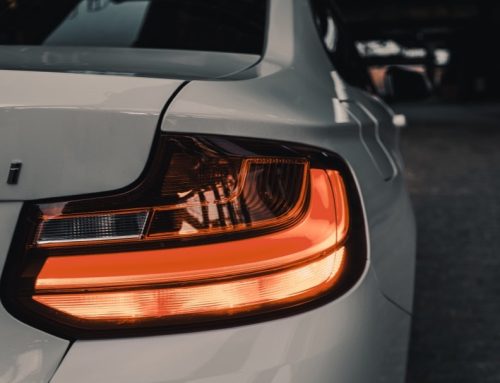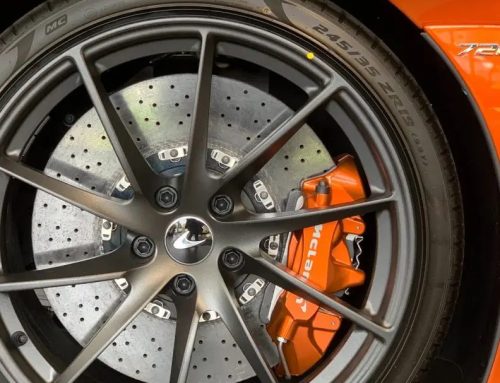When you drive at night, do you have a hard time seeing the road? The sun, rain, and road conditions may have taken their toll on your acrylic headlights and caused them to turn cloudy. Severely foggy headlights can reduce visibility by up to 50 per cent. On top of this, hazy headlights are just plain ugly. Let’s uncover the reasons why your headlights get foggy and what you can do to stop it.
What Makes Headlights Cloudy?
Oxidation: Acrylic headlights oxidise when exposed to UV light. Headlight lenses come with a clear topcoat to help prevent this, but eventually, the coating wears off, and sunlight turns the hard plastic yellow. Water vapour: Headlights are manufactured with a watertight seal, but wear and tear can cause this seal to break. Condensation then forms inside the lens, where you can’t wipe it away. The water droplets scatter the beam of light, further impairing nighttime visibility.
How to Keep Headlights from Turning Yellow
Park your car in the shade: If possible, park in the garage or under a shady tree. If you don’t have that option, face your headlights away from the sun when parking outside to reduce UV exposure and slow the oxidising process. Wash your car: Every three months, wash the headlights with automotive soap to clean away dirt and chemicals that promote fogging. Polish the headlights: Use a non-abrasive polishing medium and a microfibre cloth to polish your headlight lenses and remove early signs of yellowing.
DIY Treatments for Foggy Headlights
To restore your headlights yourself, start by washing the lenses with automotive soap so you have a clean surface to work with. Then, try any of these techniques to remove the haze from your headlights: Baking soda paste: Mix 5 tablespoons of baking soda with enough water to form a paste. Apply liberally to both headlights with a sponge and polish with small circular motions. Rinse the headlights to reveal the results.
“I’ve been going to these guys for a while now since they are close to me. They are friendly and honest.”
John Doe
The results from DIY headlight cleaning only last about a month. The abrasive chemicals remove the oxidation, but they don’t protect against future yellowing. Professional headlight restoration is more effective. Now that you know what makes headlights fog, it’s clear that the best treatment option is professional headlight restoration.
Our results are long-lasting for safer nighttime driving. Contact us today to schedule headlight restoration services.


Why Many People Think Idling Cars During Winter Is Paramount
Most auto supply stores stock at least a product or two that are designed specifically for cleaning headlight lenses when they’ve become fogged up from UV exposure. Look for products marked as “headlight restoration kit” or “headlight lens restoration”. Using these products is a straightforward way to clean your vehicle’s foggy headlights.
People who need to clean foggy headlights immediately have a few other options that can also work.
Toothpaste and baking soda can be effective cleansers for cleaning headlights. Both products are abrasive enough to take off the fog without scratching or damaging the headlights.
Polishing compounds such as Rain-X might also be effective enough to remedy UV damage.
When do you need repair?
The mechanical parts of the alternator are sealed, but the sitting water can damage it as the lubricator wears away. Repeated exposure to water can cause damage to the brushes by the electrical arc and wear out. Early detection is always better. Check your dashboard signals while you drive, if the ignition is on, it will show a battery light on your car dashboard. This means you need to look at it quickly. Likewise, inoperative plates in the car can be the reason for battery failure.



